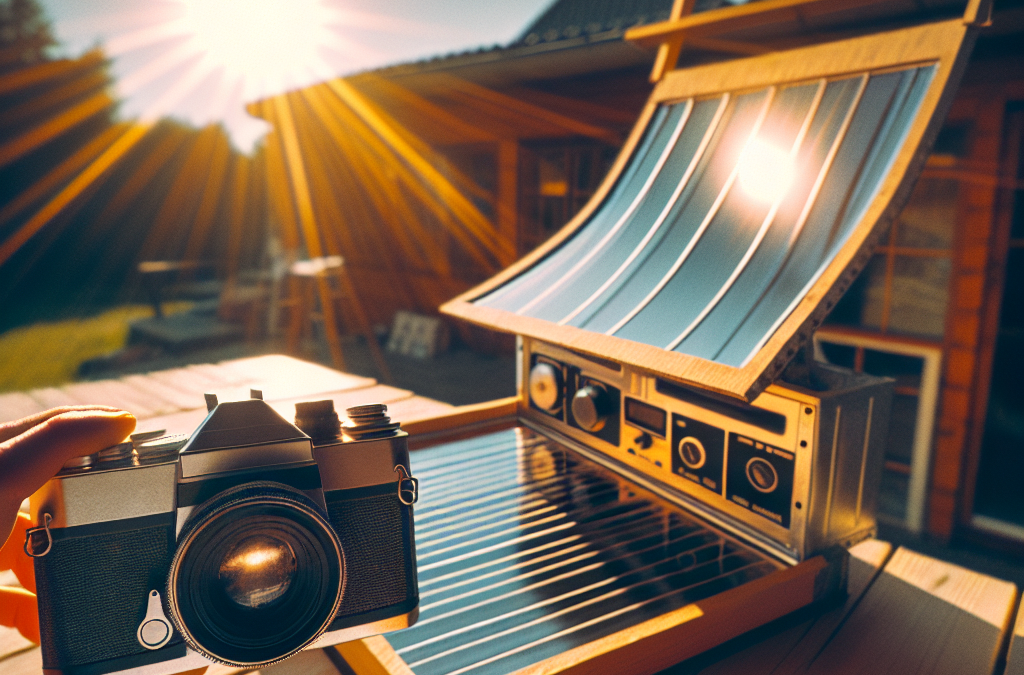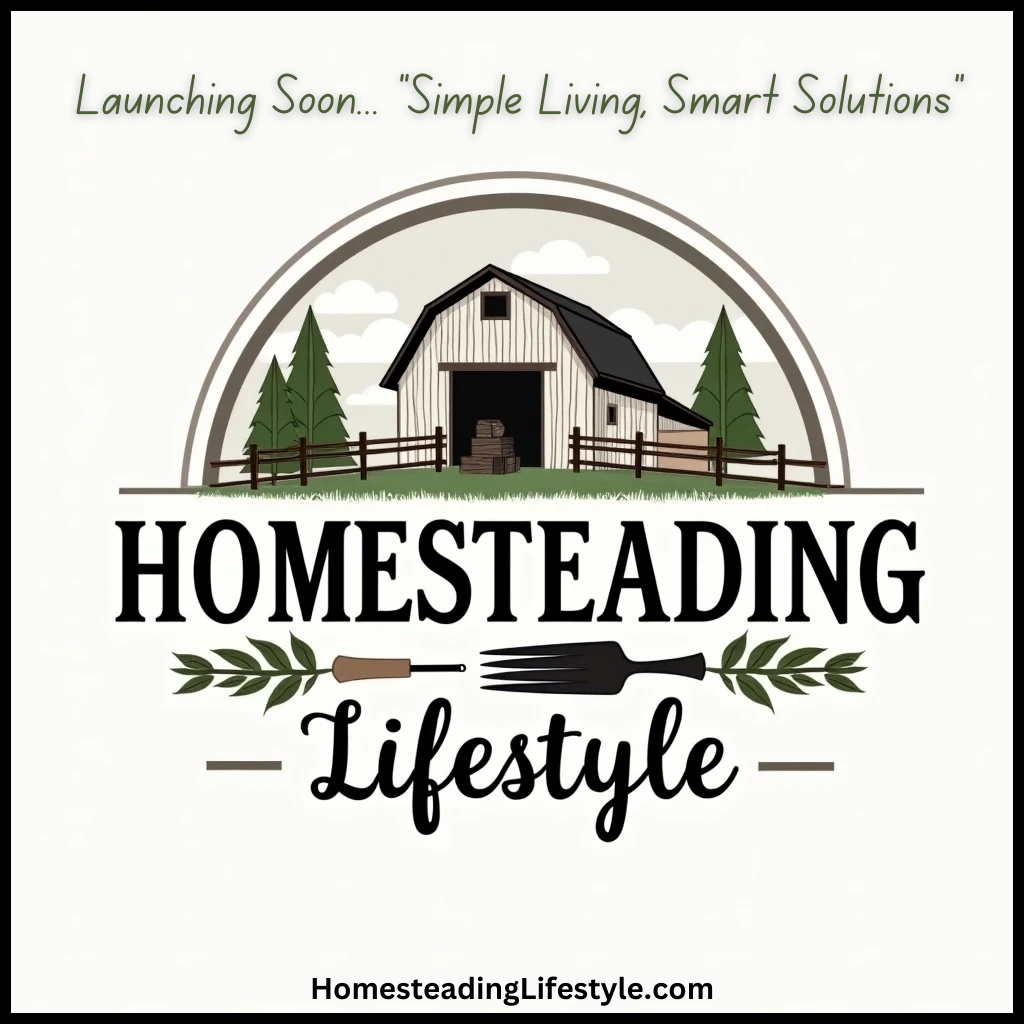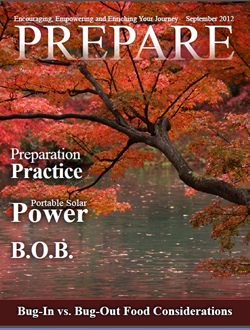Hey there! If you’re like me and love the idea of harnessing the sun’s energy to whip up some tasty dishes, you’re in for a treat. I’ve been exploring solar cooking for a while now, and let me tell you, it’s not just eco-friendly but also really fun! In this article, I’m going to share with you five major areas to think about as you embark on your solar oven adventure. Let’s dive right in!
Understanding the Basics of Solar Cooking
What is Solar Cooking?
Solar cooking is a method of preparing food by utilizing sunlight. It’s all about trapping the sun’s rays to create heat and cook your meals. It’s not only simple but also a fantastic way to reduce your carbon footprint. Trust me; it’s a game-changer!
This cooking technique has been around for centuries and is especially useful for people in regions with plenty of sunshine. By using a solar oven, you can cook food, pasteurize water, and even bake. It’s like having a little sunlight-powered chef right in your backyard!
And don’t worry if you think you need special gadgets. Most solar ovens can be made from ordinary household items. That means you can start cooking with the sun today!
Choosing the Right Materials
Gather Your Materials
The first step in building your solar oven is to gather the materials. You’ll need some cardboard boxes, aluminum foil, plastic wrap, and black paint. These things are typically easy to find around the house or at your local store. I love to see how everyday items can transform into something incredible!
For the outer layer, you can use a bigger cardboard box to act as an insulator. That inner box will hold your cooking tray, and the foil is crucial because it reflects sunlight into the inner box. The black paint? It absorbs heat like champ! Don’t skip on these materials; they make all the difference!
Once you’ve got everything ready, it’s time to assemble your solar oven. It’s like crafting with a purpose, and who doesn’t love a good DIY project?
Building Your Solar Oven
The Assembly Process
Now comes the fun part: assembling your solar oven! Start with your bigger cardboard box and place the smaller one inside. The space around the smaller box is where the real magic happens, as it helps create insulation. I love how creative you can get with this step.
Next, cover the bottom of the inner box with black paint (or black construction paper if that’s what you’ve got). This absorbs heat and ensures that your food cooks evenly. You’ll then want to line the sides of the outer box with aluminum foil. Make sure the shiny side is facing inward; that’s key for capturing sunlight!
Don’t forget to put a clear plastic wrap over the top of the inner box to create a greenhouse effect. It’s important to seal the edges well to prevent heat from escaping. And just like that, your solar oven is ready for action!
Cooking with Your Solar Oven
Finding the Right Recipes
The beauty of solar cooking is that it’s incredibly versatile. I’ve experimented with various dishes, from baking cookies to slow-cooking stews. When you’re starting, I recommend simpler recipes, so you can grasp how your solar oven works. You’ll be pleasantly surprised!
Just remember, cooking times can vary significantly when using solar ovens compared to traditional ovens. The general rule of thumb is to allow for longer cooking times, so plan accordingly. Patience is key! I often set my dishes outside in the morning and let them soak up the sun’s rays while I go about my day.
Keep an eye on your dishes and adjust as needed if you’re cooking something complicated. Each cooking experience will teach you more about your solar oven’s capabilities, and soon enough, you’ll become a solar chef!
Maintaining Your Solar Oven
Keeping It in Good Shape
After all that hard work, you want to make sure your solar oven stays in tip-top shape. The good news is, maintenance is pretty straightforward. Periodically check for any damage or wear and tear. If the foil gets crumpled or torn, simply replace it.
Also, clean the plastic wrap whenever it gets dirty. It’s essential to have clear surfaces to maximize sunlight exposure. I like to give mine a quick wipe-down after every use to keep it fresh.
Finally, store your solar oven in a dry place when not in use. Protecting it from the elements will prolong its life and ensure you’re ready for the next sunny cooking session! With a bit of care, your solar oven can last you for years.
Frequently Asked Questions
What can I cook in a solar oven?
You can cook a wide variety of dishes, including baked goods, casseroles, and even meats. Just remember that cooking times may vary, so it’s best to start with simple recipes.
Do I need a special solar oven to cook with the sun?
Nope! You can build your own solar oven with common materials like cardboard, aluminum foil, and plastic wrap. It’s a fun DIY project!
How long does food take to cook in a solar oven?
Cooking times can vary depending on the sunlight and the dish you’re preparing. Generally, you should allow for longer cooking times compared to a conventional oven.
Can I use my solar oven on cloudy days?
Yes, you can! While your solar oven won’t be as effective as on sunny days, it can still cook food on overcast days, just at a slower rate.
Is it safe to use a solar oven?
Absolutely! Solar ovens are incredibly safe, as they do not emit any harmful gases or flames. Just follow the instructions, and you’ll have a safe cooking experience.





